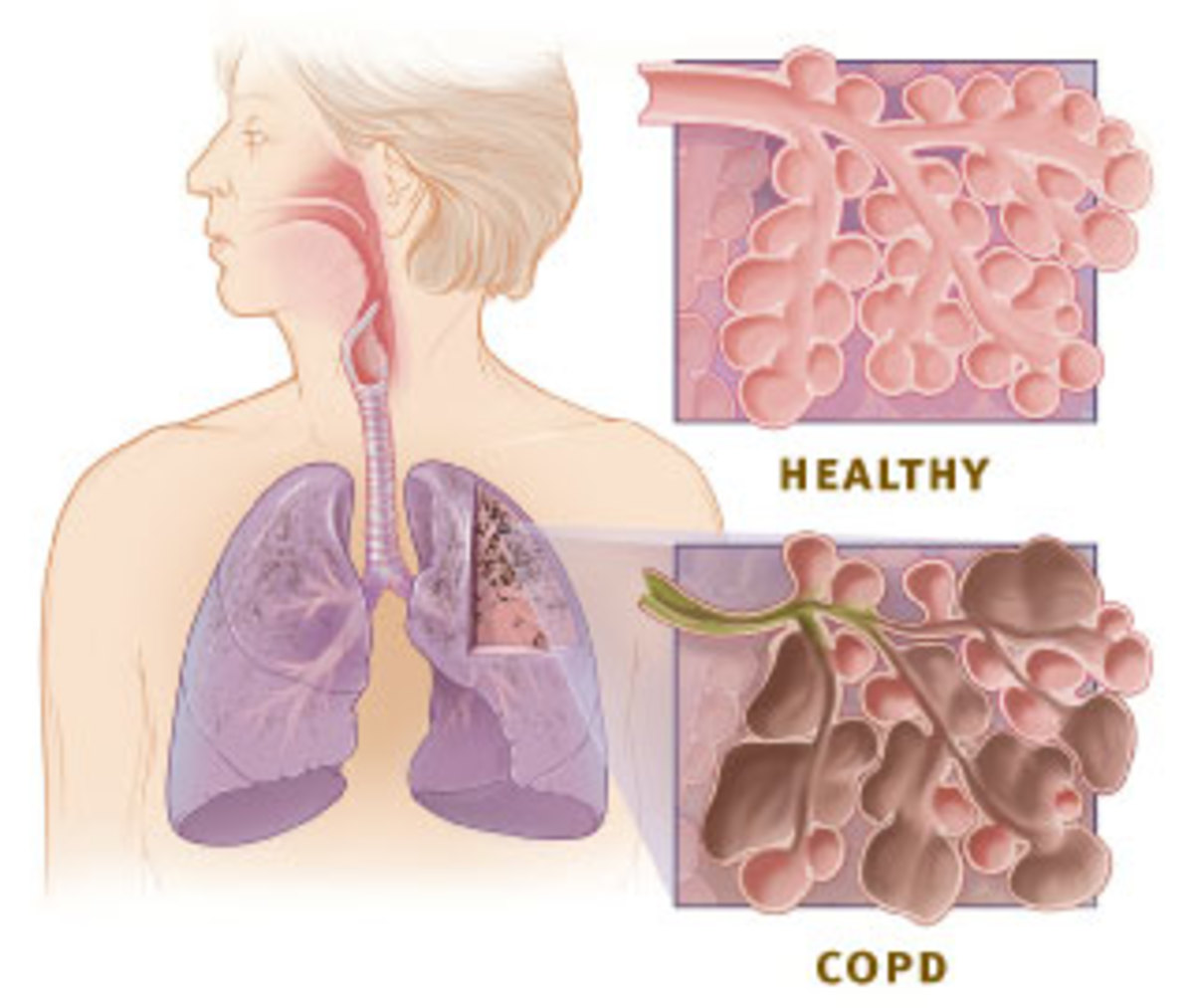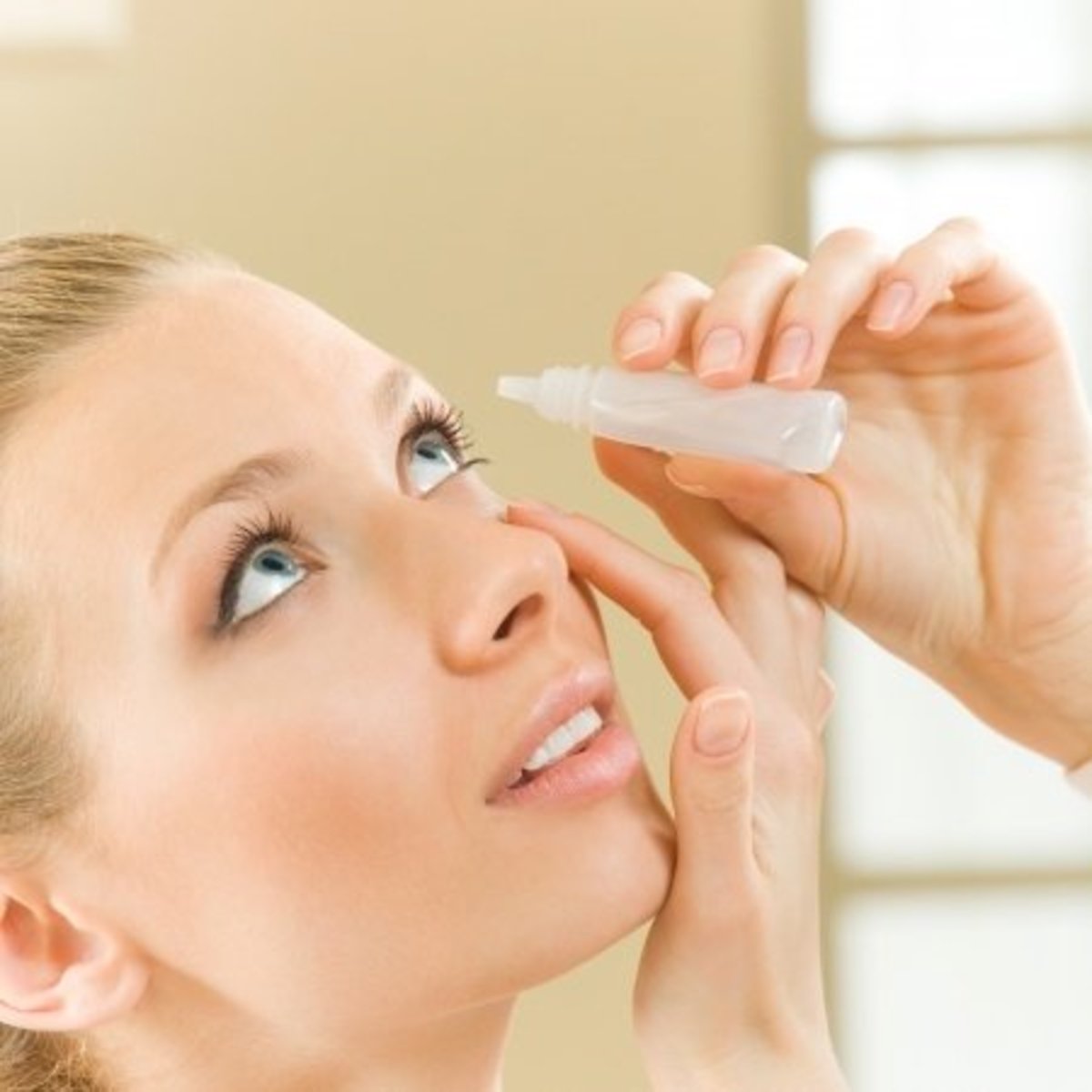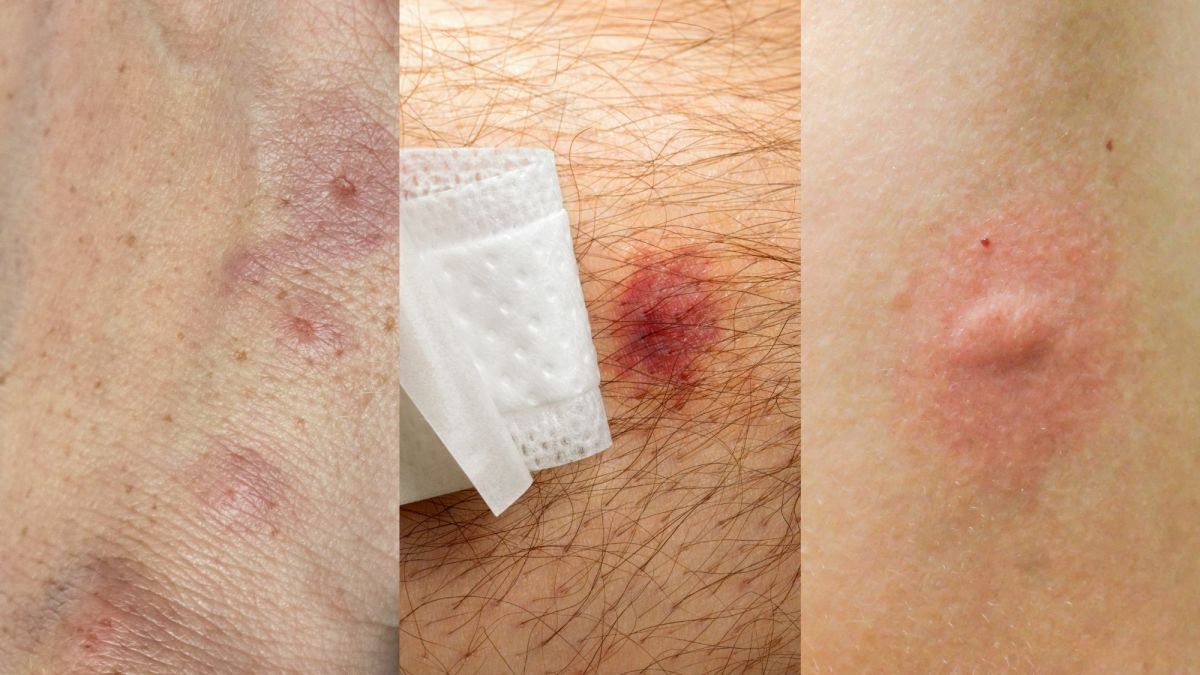What Major Benefits From Portable Oxygen Concentrators Can You Get?
Portable Oxygen Concentrators Are Making A Positive Difference
Portable oxygen concentrators (POC's) make a tremendous difference in the lifestyles of many people who need extra oxygen as they allow them much greater freedom of movement. Anyone who needs to receive extra oxygen as part and parcel of their lives has to make major adjustments in their activities. A continuous lack of oxygen restricts, among other things, the ability to exert themselves physically - as well as risking much more.
This article provides information and a basic description of Long Term Oxygen Therapy, some of the effects on mobility, a brief glimpse of how portable oxygen units used to be, an explanation of the three types of oxygen delivery systems, and last but not least, portable oxygen concentrators and their impact and benefits.
A Simple Definition Of Long Term Oxygen Therapy - LTOT
There are many, many, people who are receiving long term oxygen therapy - which in layman's terms means that they must get more oxygen than what they are receiving normally. And every week more people are diagnosed with lung and respiratory problems that demand supplemental oxygen. Unfortunately the numbers are getting higher - and a major culprit is smoking.
The required supplemental oxygen varies according to the severity of the illness - some need extra oxygen 2 to 3 hours a day, some at night, some only when exercising and others 24 hours a day.
Mobility and Supplemental Oxygen
One of the effects, which does have a big impact on how patients feel and live, is that their lives, and specially their mobility, is limited.
Most of us take for granted both breathing and being able to move around. Those who must have supplemental oxygen can no longer afford to take this for granted and in fact it becomes a major point in their lives and daily routines.
Portable Oxygen Units - Before
The good news is that there are portable oxygen units available that allow patients to move around and be more mobile.
Not long ago oxygen containers that were made to provide greater mobility were limited to heavy tanks filled with either compressed or liquid oxygen. When you realize that one of the consequences of insufficient oxygen is fatigue, then it is obvious that a heavy load will not help you move around.
Various types of trolleys were used to carry the unit around, but they in turn made things cumbersome. Another point to take into account is that smaller tanks will have less oxygen, limiting the time you can dedicate to a particular activity.
But having said all that patients could move, and even if their lifestyle was limited, it was still much better than otherwise.
Types of Oxygen Units Now
There are 3 types of oxygen equipment for long term therapy patients:
- Compressed Oxygen Tanks - Aluminum tanks that contain pure oxygen in gas form.
- Liquid Oxygen Tanks - As name describes, these are tanks that hold liquid oxygen.
- Oxygen Concentrators - These are machines that extract oxygen from the surrounding air, redirecting it in a purer form to the user.
The oxygen is administered to the patient through a plastic hose called a cannula. The oxygen flow is regulated as per the prescription.
Portable Oxygen Concentrators (POC's):
These are smaller oxygen concentrators than can be carried by hand in a small satchel or bag. They were introduced as recently as 2002 and have become very popular as they have extended users range of activities.
POC's, as with their elder cousins the home oxygen concentrators, extract and separate oxygen from ambient air.
These units provide a constant supply of oxygen for patient use at the required flow rate. Their size and weight makes them easier to carry and most have a dual system where they can be either plugged in (including cigarette lighter ports in cars) or have a battery with up to 8 hours of oxygen, depending on the flow rate. With additional batteries the time usage is increased.
Benefits of POC's
Mobility, mobility, mobility.
And this is a major benefit. POC's have extended the range of things people can do. This includes work activities, social activities, ordinary day to day activities and sports. The list of things people with oxygen therapy are doing is large and getting larger.
This means doing more things in the house, away from home and on the move. Travel has become much easier, and as recently as May this year the FAA has approved some portable oxygen concentrators for passengers in all airlines that travel over US airspace.
But perhaps the greatest benefit of all is internal and relates to mind set and emotional health. Knowing you can do many things you previously thought you couldn't, frees you and this freedom opens up many possibilities.
Many people who today use POC's have found that they are doing things they thought were impossible and as they experiment with this new found freedom, their creativity and positive attitude to life is expanding. This also has a certain domino effect - the positive attitude strengthens the immune system, which in turn makes for better health, and this brings a more positive attitude and the cycle begins again with more strength each time.
The Three Main Benefits of a Portable Concentrator
- Portable and manageable. This means light weight and can be carried easily.
- Duration of oxygen delivery.
- Rechargeable battery and directly into the electrical outlet.
Oxygen and Altitude
At sea level air contains between 19% and 21% oxygen, 78%-80% nitrogen and the remainder is made up of a mix of other gases. Some studies indicate that earth's atmosphere 200 years ago had an concentration of about 36%. There is a reduction of 0.8% approximately every 15 years according to some measurements, due to pollution and the destruction of forests. In some places oxygen is found at a concentration of 8% - depending on the pollution levels and/or altitude.
And by the way when traveling, anyone who needs supplemental oxygen should check out altitude levels for their destination.
Major high altitude cities include:
- La Paz 3650 meters - 11,975 feet
- Quito 2800 meters - 9,186 feet
- Bogotá 2600 meters - 8,530 feet
- Mexico City 2240 meters - 7,349 feet
- Johannesburg 1750 meters - 5,741 feet
- Nairobi 1660 meters - 5,446 feet
- Denver 1610 meters - 5,282 feet
- Guatemala City 1530 meters - 5,019 feet)
Flying With Extra Oxygen - a simple but clarifying video.
Positive Domino Effect From Portable Oxygen Concentrators

Living With A Portable Oxygen Concentrator
- Living with a Portable Oxygen Concentrator
About six years ago and after surviving a serious and complicated cancer operation, my stepfather nearly died from lung failure. As with too many people who stopped smoking some fifteen years before, the... - Oxygen Therapy: Signs of Oxygen Deprivation
Many people need supplemental oxygen constantly - it could be everyday, all day long; it could be while exercising or for sleep at night. Whatever the case may be adjusting to external oxygen delivery is a...






